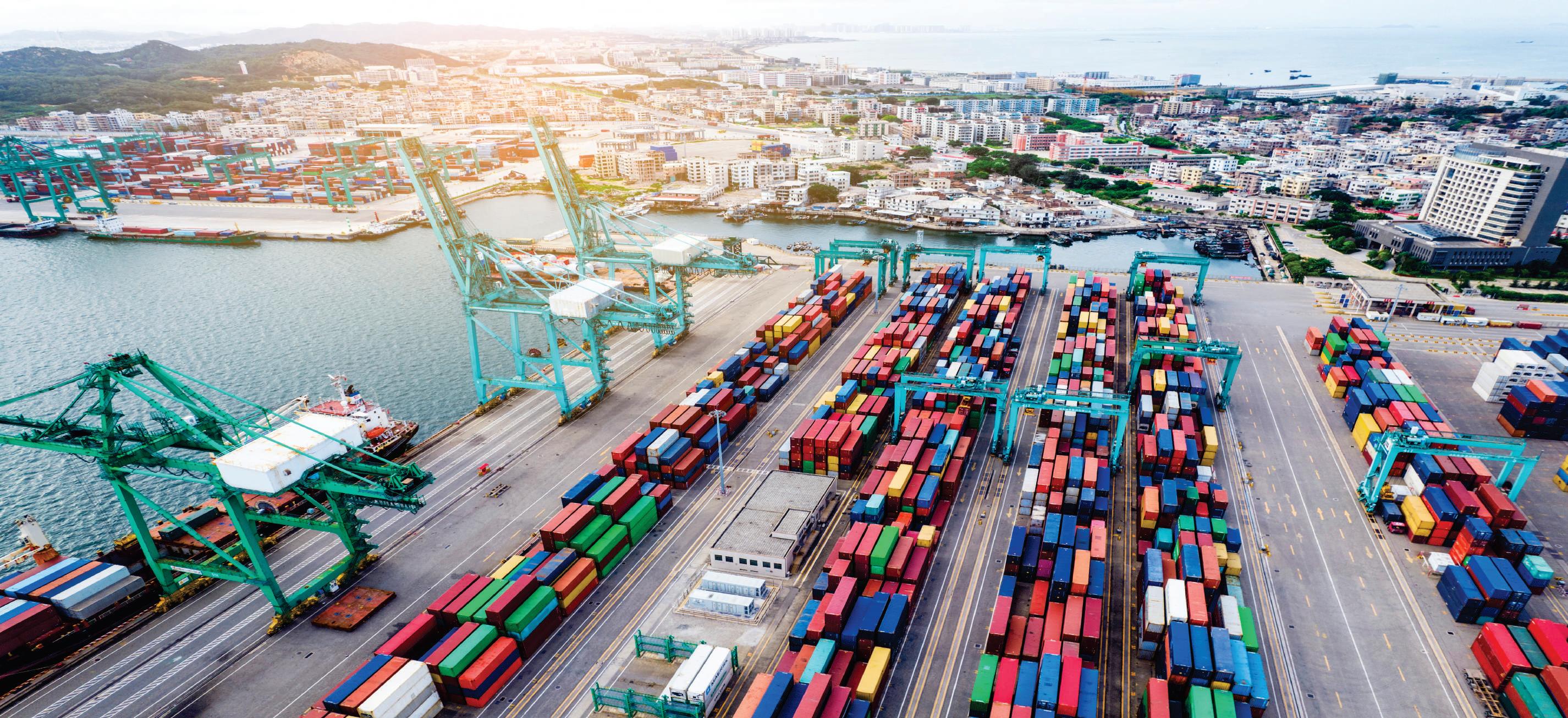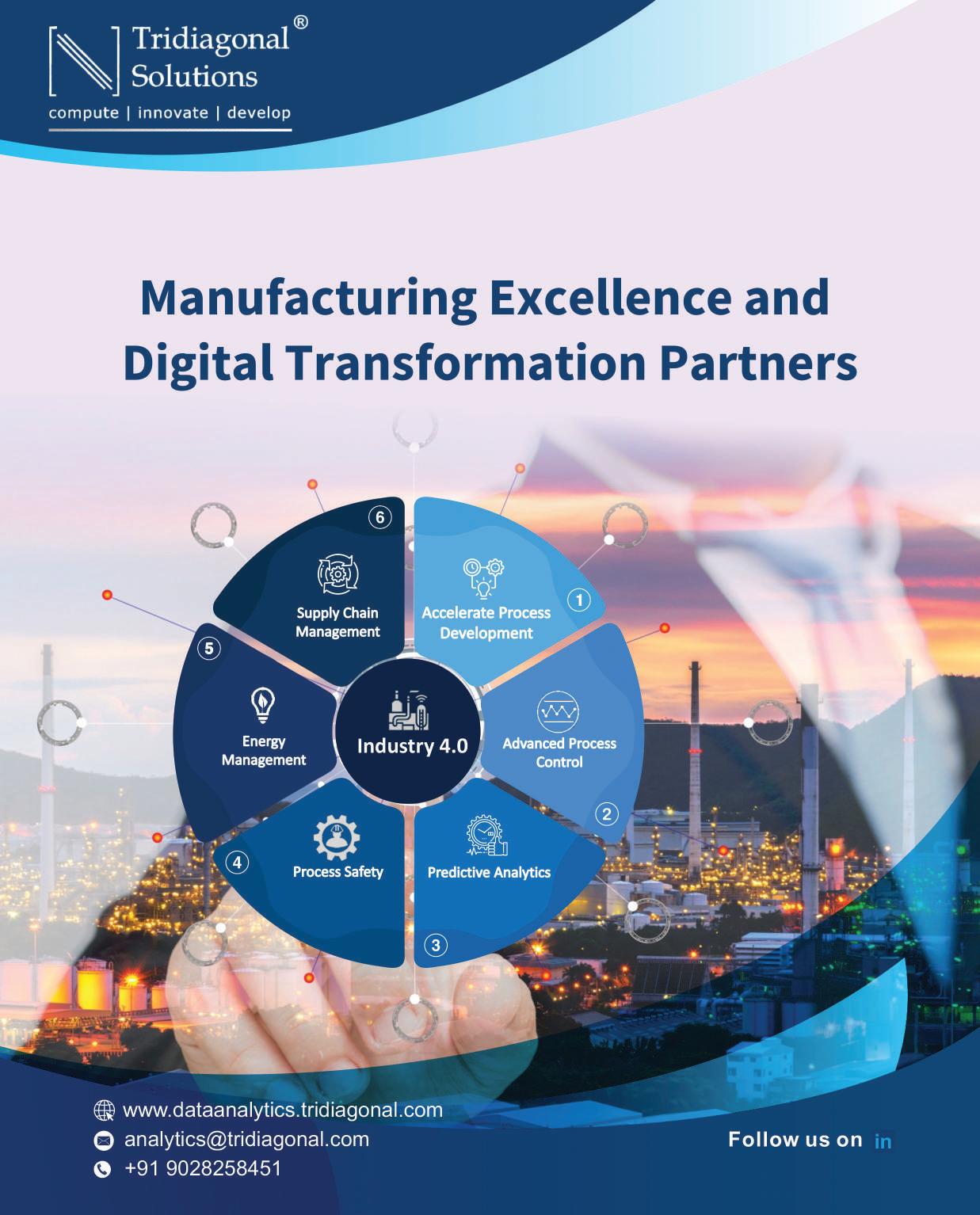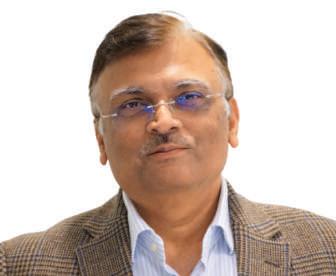[ 132 ]
|
COLUMN
HYBRID LNG & AMMONIA INFRASTRUCTURE: KEY TO INDIA’S GREEN ECONOMY Interest in ammonia will only grow as the world races towards decarbonisation. Backed by advances in emerging technologies, ammonia offers new opportunity to help accelerate the world’s transition to a carbon-free society incredibly stable and can be easily liquified for storage and shipment around the globe in the same fashion as liquefied natural gas (LNG). It can be used across energy-intensive industries in several ways to help lower global carbon footprint:
RAJIV MENON
COUNTRY MANAGER & MANAGING DIRECTOR, INDIA BLACK & VEATCH
A
s the power industry advances its efforts to decarbonise amid rising global demand for carbon-free energy sources, ammonia’s role in the green energy economy continues to evolve. India is one country that has identified hydrogen and ammonia as alternative fuels to replace fossil fuels. Producing green hydrogen and green ammonia by using renewable energy will help the country achieve environmentally sustainable energy security. Positioning ammonia as a key player in India’s zero-carbon energy landscape will require ammonia-ready storage and transportation infrastructure. A gas at room temperature, ammonia is
• Made up of one nitrogen and three hydrogen atoms, ammonia can also be decomposed or “cracked” to produce hydrogen along with nitrogen, a non-greenhouse gas. • Ammonia produced from renewable energy (or green ammonia) can serve as an energy storage medium, able to store electricity during high periods of production and transport that energy to parts of the globe with limited access to renewable energy sources. • Ammonia can be burnt directly as a carbon emissions-free energy source, thanks to the development of new technologies that produce ammonia from renewable energy or reforming of methane with captured CO2. Ammonia also offers new possibilities to facilitate the use of hydrogen, which is emerging as a zero-carbon breakthrough that promises to transform the power generation market. AMMONIA A KEY PLAYER IN THE HYDROGEN REVOLUTION Backed by new advances in technology, hydrogen is expected to rise in prominence over the next decade. According to Black & Veatch’s 2022 Asia
Electric Report, when looking out more than 10 years from now, 73 percent of respondents believe that hydrogen will help meet carbon emission goals more than any other technology (Figure 1) while 46 percent think it will take off as a clean and affordable alternative to gas generation. However, fully integrating hydrogen into the energy mix will be a complicated endeavor, as the low volumetric energy density of hydrogen – and its extremely low boiling point – have made it challenging, both technically and economically, to develop infrastructure for the large-scale storage and transportation of hydrogen. Ammonia, on the other hand, offers several desirable characteristics as a hydrogen carrier: First, ammonia can be liquefied under mild conditions. The boiling point of ammonia at atmospheric pressure is -33°C (-28°F), similar to propane. Ammonia has been produced for industrial and agricultural purposes, and proven methods of storing and transporting liquefied ammonia at scale are available. Second, ammonia is more energy dense than hydrogen. The volumetric hydrogen density of liquid ammonia is about 45-percent higher than that of liquid hydrogen, which means that more hydrogen can be stored in liquid ammonia compared to liquid hydrogen with the same volume. One pathway to accelerating India’s decarbonisation efforts will be to convert India’s extensive LNG infrastructure – its existing LNG receiving terminals and stor-




















































